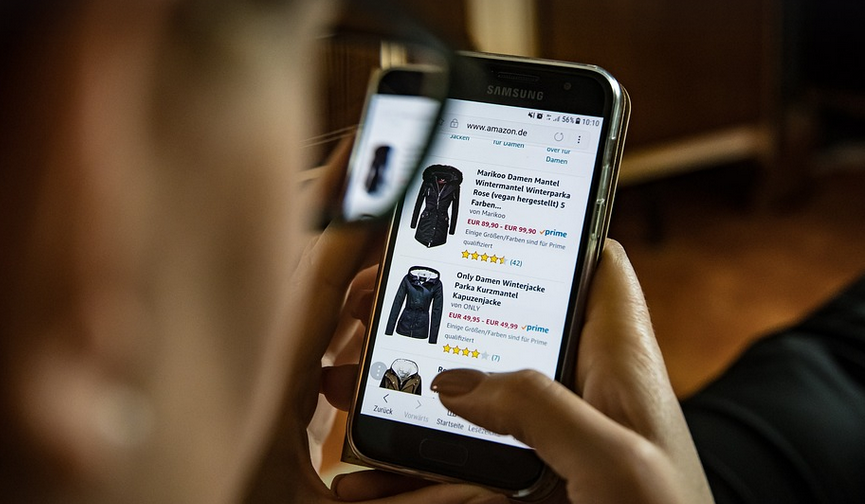Exploring The World Of Consumer Credit: A Guide To Comparing Sources

What’s The Deal With Consumer Credit?
Consumer credit is like the lifeblood of our modern society. It allows us to buy things we need and want – from a new laptop to a dream vacation – without having all the money on hand right away.
Think about it like this: you might not have cash in your wallet for everything you need or want, but consumer credit lets you borrow money now and pay it back later. This way, you can make bigger purchases and invest in things that can enhance your life (and hopefully do so without accumulating a mountain of debt).
But here’s the catch: not all sources of consumer credit are created equal. There’s a world out there full of lenders, each with their own unique policies and fees. Understanding these differences can help you make smart financial decisions that save you money in the long run.
Before diving into the specific sources themselves, let’s take a broader look at what makes consumer credit such a powerful tool in our everyday lives.
Why Consumer Credit is Essential
The reasons for utilizing consumer credit are as varied as the products we buy. From financing vacations and big-ticket items to managing unexpected expenses, it offers flexibility and convenience that can be game-changers.
Here’s a quick rundown of some key benefits:
- Budget Flexibility: Consumer credit often allows you to spread out the cost of purchases over time, making large financial commitments more manageable.
- Peace of Mind: It can provide peace of mind, knowing you have options should an urgent need arise.
- Convenience:** It streamlines shopping experiences by allowing for easy purchase and installment plans, often requiring less hassle compared to traditional payment methods.
- Boosting Purchasing Power:** Consumer credit allows individuals to afford more and achieve financial goals faster than they might be able to if they had all the money upfront.
However, it’s important to remember that consumer credit is not a magic solution. It comes with its own set of challenges and responsibilities that need to be addressed before diving in.
Types of Consumer Credit: A Detailed Look
When we talk about sources of consumer credit, let’s dive deeper into the different varieties available.
1. **Credit Cards:** These are perhaps the most well-known types of consumer credit. They offer revolving credit lines that allow you to borrow money against a credit limit and repay it over time.
* **Pros:** Flexible use, rewards programs for spending, easy access to cash when needed.*
* **Cons:** High interest rates if not used responsibly; can quickly rack up debt if careless with spending.
2. **Personal Loans:** These are lump-sum loans tailored to specific needs like home improvement or medical expenses. They often feature fixed interest rates and loan terms, and they provide a predictable repayment schedule.
* **Pros:** Clear repayment plans; potentially lower interest rates than credit cards; good for large, one-time purchases.*
* **Cons:** Repayment commitments can be strict; might involve collateral like your car or home.
3. **Auto Loans:** Used to finance the purchase of a vehicle. These loans are often long-term with fixed interest rates and monthly payment plans that factor in both the loan cost and the vehicle’s value.
* **Pros:** Financing options specifically for vehicles; can be tax deductible.*
* **Cons:** Long repayment terms (often 5 years or more); may require a large down payment.
4. **Home Equity Loans & Lines of Credit (HELOCs):** These are secured loans that allow homeowners to access their home equity for major expenses like renovations, debt consolidation, or medical bills. They often offer flexible repayment options.
* **Pros:** Leverage existing home equity; potentially lower interest rates than other forms of consumer credit. *
* **Cons**: Can increase homeowner’s mortgage burden if not used carefully.
5. **Student Loans:** These are loans specifically designed for higher education expenses, often with fixed monthly payments and long repayment terms.
* **Pros:** Allow access to educational resources; can be tax-deductible.*
* **Cons:** Potentially high interest rates; may require significant monthly payments over time.
6. **Mortgages:** These loans are for buying a home and are considered the most significant form of consumer credit, often with long repayment terms. They offer fixed or adjustable monthly payments and can be tax-deductible.
* **Pros:** Allows you to build equity in real estate; provides stability and security; potential for tax benefits. *
* **Cons:** Long repayment period (often 15 years); requires a substantial down payment.
Choosing the Best Source: A Personalized Approach
With such a range of consumer credit options available, how do you choose? The best source for you depends on your individual circumstances and financial needs.
Here’s a guide to help you navigate this decision:
- Consider Your Financial Goals: What are you trying to achieve with the loan or credit line? Are you looking to afford something you need, consolidate debt, or make a large purchase?
- Analyze Interest Rates: This is crucial! Compare interest rates from different lenders. Lower rates mean less money paid over time; higher rates lead to greater long-term cost.
- Assess Loan Terms: Pay close attention to the loan term, fees, and repayment schedule. Make sure you understand all the terms before committing.
- Evaluate Collateral Requirements: For loans secured by collateral (like autos or homes), understand what’s required.
- Compare Credit Card Rewards Programs: If using credit cards for purchases, compare rewards points and other benefits offered. Choose cards that offer perks relevant to your spending habits.
Remember: Always shop around and don’t be afraid to ask questions! The right source of consumer credit can make a huge difference in achieving your financial goals without putting yourself at risk.
By understanding the different sources of consumer credit, exploring your options, and carefully comparing terms, you can take control of your financial future.


